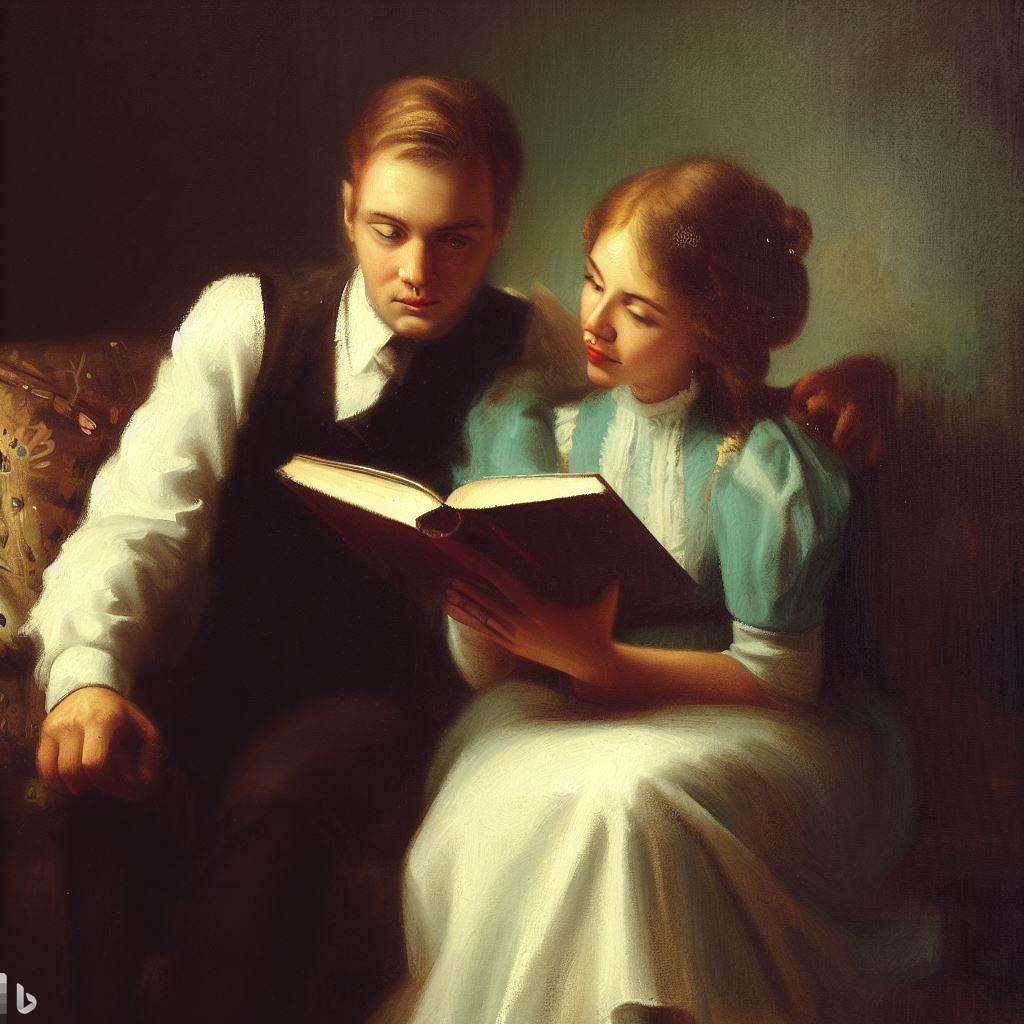“What are the different types of reading?” you ask. It’s a simple question, yet loaded with complexities. Reading isn’t a one-size-fits-all type of activity. It takes on various forms, each designed to suit a particular purpose. Just as you wouldn’t don a party dress for a hike, different reading types come into play depending on the text and purpose.
Let’s dive deeper into the realm of reading. Here’s an easy-to-understand table summarizing the different types of reading we’ll explore.
| Type of Reading | Purpose |
|---|---|
| Skimming | To get a general overview of the content |
| Scanning | To find specific information |
| Detailed Reading | To fully understand a text |
| Critical Reading | To evaluate and analyze a text |
| Search Reading | To find and collect information across different sources |
| Structure-Proposition-Evaluation (SPE) Method | To understand, analyze, and evaluate academic texts |
Skimming: The Art of Dancing with Text
Ever found yourself in a rush, with a mountain of information to go through? Well, that’s where skimming swoops in to save the day. It’s a quick and dirty way to get the gist of the content without diving into details. When skimming, you’re looking for keywords, headings, and sentences that help you understand the big picture.
So, how does one skim effectively?
Start by reading the title, subtitles, and headings. These are usually a good indication of the main topics. Next, glance at each section’s first and last sentences, as they often encapsulate key points. By mastering skimming, you’ll become a champ at digesting large volumes of text in no time!
Scanning: The Eagle’s Eye View
When you’re hunting for a specific piece of information, scanning is your go-to strategy. It’s searching for particular words or phrases without necessarily understanding the overall content. Scanning can be likened to using a metal detector, picking up signals of information buried within a sea of text.
But, how do you perfect this art of scanning?
The trick is to know what you’re looking for. Are you after a date, a name, or a specific fact? Once you know what you want, your eyes will naturally be drawn to that information as you scan the page.
Detailed Reading: Uncovering Layers of Meaning
Now, if you’re searching for a deeper understanding or need to fully grasp a text, detailed reading is your ticket. It’s like a deep-sea dive, immersing you in the ocean of words, enabling you to understand the author’s thoughts, intentions, and nuances.
Wondering how to delve into detailed reading?
Well, it’s all about taking your time. Read each sentence carefully. If needed, read it again. And again. Highlight key points, take notes, and ponder over what you’re reading. This reading type is all about patience and absorption.
Critical Reading: The Interplay of Evaluation and Analysis
Ever read something and felt the wheels of your brain churning, evaluating the information, and weighing its validity? That’s critical reading for you. It involves not just understanding what the text says but also evaluating its credibility and worth.
How to embark on the path of critical reading?
Question everything! Don’t take the text at face value. Think about who the author is, their purpose, their perspective, and whether there’s any bias. Ask yourself if the argument is convincing and supported by solid evidence.
Search Reading: The Treasure Hunt
Search reading is all about gathering information across various sources. It’s like a treasure hunt, where you jump from one source to another, collecting valuable nuggets of information.
How can you master search reading?
Well, hone your skimming and scanning skills! They will help you sift through multiple sources quickly and efficiently. And remember, patience is key. It might take some time to find what you’re looking for, but the results can be golden!
Structure-Proposition-Evaluation (SPE) Method: Academic Reading Decoded
For those tackling academic texts, the SPE method can be a lifesaver. It helps you understand the structure of the text, the propositions or arguments being made, and how to evaluate them.
How do you use the SPE method?
Break the text into logical sections, identify the main arguments, and evaluate them critically. Keep a note of any supporting evidence and scrutinize its validity.
Frequently Asked Questions
1. What are the different types of reading?
- Skimming
- Scanning
- Detailed Reading
- Critical Reading
- Search Reading
- Structure-Proposition-Evaluation (SPE) Method
2. Why are there different types of reading? Different reading types serve various purposes. Whether you need to quickly grasp the content, find a specific piece of information, or evaluate a text critically, there’s a reading type tailored for that purpose.
3. How can I improve my reading skills? Improving reading skills involves practice. Try to read daily, and use different reading strategies depending on your purpose. Also, please take note of unfamiliar words and look them up in a dictionary.
4. What’s the difference between skimming and scanning? While both are quick-reading methods, skimming is about getting a general overview of the content, while scanning is for finding specific information.
5. What is critical reading? Critical reading involves understanding, analyzing, and evaluating a text. It’s about questioning the author’s intentions, perspectives, and arguments.
6. What is the SPE method used for? The SPE method is used for understanding, analyzing, and evaluating academic texts.
Conclusion
“What are the different types of reading?” – a question we’ve unraveled throughout this article. From skimming to critical reading, each reading type plays a distinct role, catering to our specific needs. It’s not just about understanding words but about using various strategies to navigate the expansive world of text effectively.


